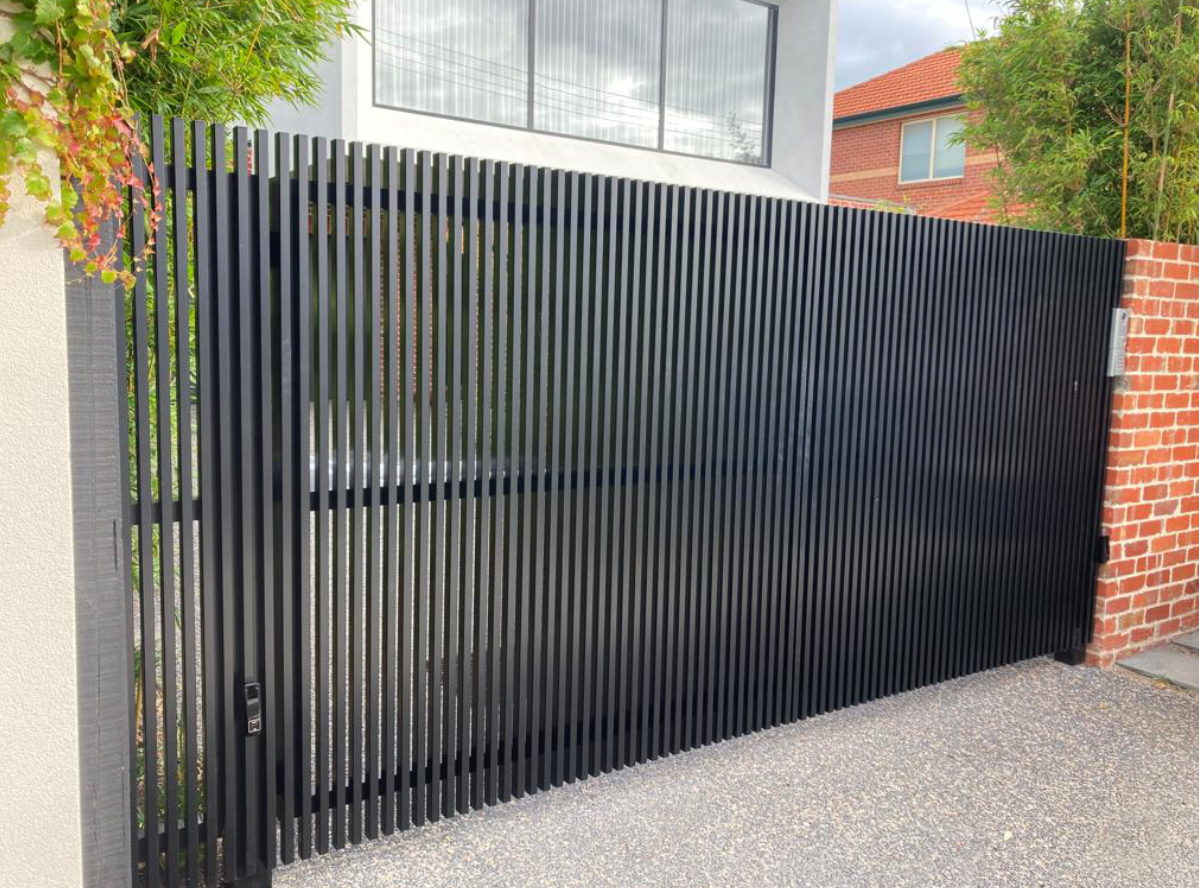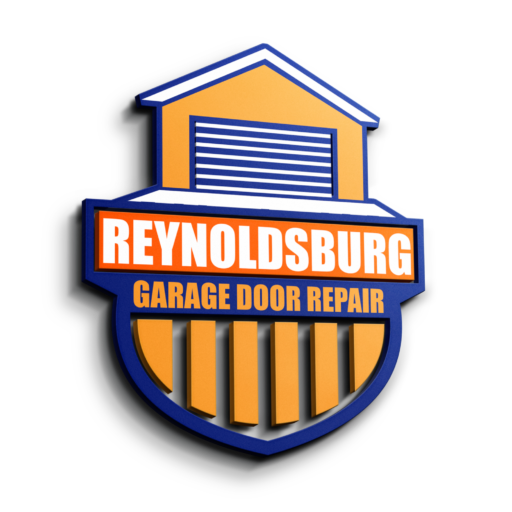Residential Gate Repair Explained: Troubleshooting Tips and Tricks
- COMMERCIAL GARAGE DOOR REPAIR
- GARAGE DOOR OPENER INSTALLATION
- GARAGE DOOR SPRING REPAIR
- SAME-DAY GARAGE DOOR REPAIR
- CUSTOM GARAGE DOOR
- GARAGE DOOR OPENER REPAIR
- GARAGE DOOR TRACK REPAIR
- GARAGE DOOR CABLE REPAIR
- GARAGE DOOR PANEL REPAIR
- LOCAL GARAGE DOOR REPAIR
- GARAGE DOOR REPLACEMENT
- NOISY GARAGE DOOR FIX
- GATE REPAIR
- GARAGE DOOR INSTALLATION
- GARAGE DOOR SECTION REPLACEMENT
- OVERHEAD GARAGE DOOR REPAIR

Residential Gate Repair Explained: Troubleshooting Tips and Tricks
Residential gates are more than just an entrance; they provide security and add aesthetic appeal to your home. But like any machinery, gates can have issues. Residential Gate Repair is essential when problems arise, whether it’s an electric gate refusing to open or a squeaky hinge. Knowing how to troubleshoot common problems can save you time, money, and frustration.
This guide will walk you through the most common residential gate issues and provide simple tips to fix them.
Why is Residential Gate Repair Important?
A malfunctioning gate isn’t just a minor inconvenience. It can compromise the security of your home, reduce curb appeal, and even pose safety hazards for your family and pets. By addressing common issues early, you can maintain your gate’s functionality and longevity.
Common Tools You’ll Need for Gate Repairs
- Screwdrivers and wrenches
- Lubricants (like WD-40)
- Multimeter (for electric gates)
- Replacement parts (hinges, bolts, or chains, if needed)
Troubleshooting Common Gate Issues
1. Electric Gate Not Opening or Closing
If your electric gate isn’t responding to its remote or keypad, here are a few steps to follow:
- Check Power Supply
Ensure your gate’s power source is functional. Look for blown fuses or tripped breakers. An electric gate without power will remain stationary.
- Inspect the Remote or Keypad
Swap out the batteries in your remote or check the wiring on the keypad. Sometimes, a loose wire can disrupt communication with the gate.
- Examine the Motor
Open your gate motor housing and check for dirt, debris, or damage. If the motor appears worn out, you might need to contact a professional for replacement.
2. Gate Won’t Stay Aligned
An uneven residential gate can ruin its look and make it hard to open or close. Here’s what you can do:
- Inspect Hinges and Bolts
Look for rusted, loose, or broken bolts. Tighten any loose parts or replace them if they’re too damaged to fix.
- Lubricate Moving Parts
Apply a lubricant like WD-40 to reduce wear and tear on joints. This can prevent alignment problems from worsening.
- Test the Gate’s Weight
If your gate sags due to its weight, consider adding support or upgrading to stronger hinges.
3. Rust, Squeaks, and Stuck Gates
Iron and metal gates are prone to rust, which can eventually lead to squeaks or the gate getting stuck.
- Remove Rust
Use a wire brush to clean off rust. Applying a rust-inhibitor can also prevent it from forming in the future.
- Address Squeaks
Lubricate all pivot points and tracks to smoothen movement. Long-term squeaks can mean excessive wear, so keep an eye out.
- Check for Obstructions
Sometimes it’s as simple as removing debris and leaves stuck along the gate’s tracks or hinges.
When to Call a Professional
While most residential gate repairs are manageable, certain issues like motor replacement, advanced welding, or complex electrical work are best left to professionals. Attempting these repairs yourself could cause further damage.
If you’re still unsure about fixing your gate or need expert assistance, call your local residential gate repair specialist. They can inspect your gate and ensure it’s functioning safely and efficiently.
Keep Your Gate in Top Shape
Regular maintenance is the key to preventing major gate issues. Inspect your gate every six months, lubricate moving parts as needed, and address minor problems before they escalate.
Your residential gate does more than just stand at your property line—it protects and enhances your home. Whether it’s aligning hinges or troubleshooting the motor, these tips should help you stay on top of repairs and keep your gate working like new for years to come. For professional assistance, trust Reynoldsburg Garage Door Repair to handle all your gate maintenance and repair needs.
